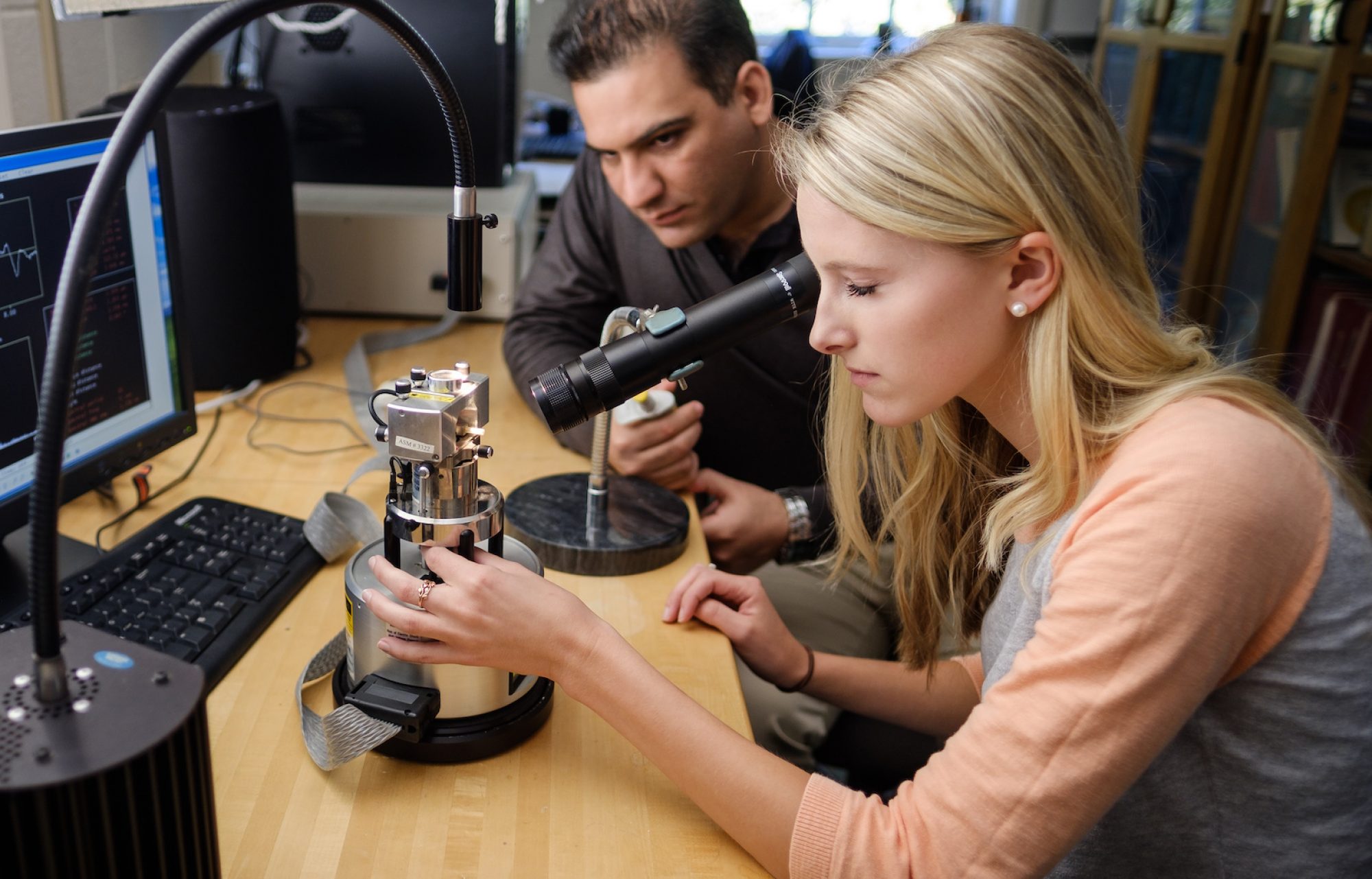Steven Erwin, PhD,
Head of the Center for Materials Physics and Technology at The Naval Research Laboratory
George P. Williams, Jr. Lecture Hall, (Olin 101)
Wednesday, February 27, 2019, at 4:00 PM
There will be a reception with refreshments at 3:30 PM in the lounge. All interested persons are cordially invited to attend.
ABSTRACT
The mechanisms which control the growth of nanocrystals are difficult to investigate because nanocrystals occupy a position awkwardly intermediate between molecules and solids. Two case studies highlight these difficulties and their solution.
(1) Cation exchange is a chemical reaction in which all the cations of a material are replaced by different cations, thus creating a new material. In semiconductor nanocrystals, cation exchange happens extremely fast – many orders of magnitude faster than for macroscopic crystals and far faster than simple size-scaling would suggest. I propose a theoretical mechanism for cation exchange in nanocrystals that reveals a surprising consequence of Coulomb interactions acting at nanometer length scales.
(2) Semiconductor nanostructures take a wide variety of physical forms. One of the most active areas of this research focuses on semiconductor “nanoplatelets,” the name given to nanostructures that are very thin and very wide. An early question asked by researchers was, what causes materials to form these very thin shapes in the first place? The question is even more puzzling when you learn that even materials with an underlying isotropic crystal structure form these extremely asymmetrical shapes. I will propose an explanation of this “kinetic instability” in the growth and show how this theory can be be used by researchers to create new families of nanoplatelet materials.
